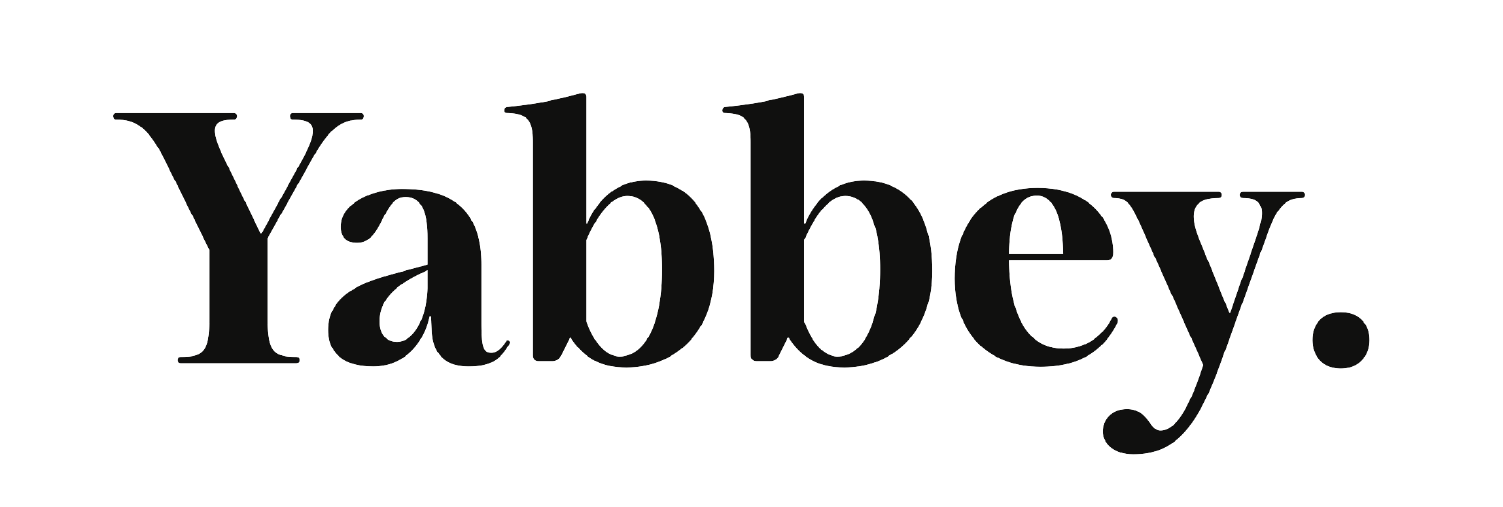
How to Cut Fabric
Welcome to Yabbey Basics! Cutting fabric accurately is a crucial step in sewing that ensures your finished project looks polished and professional. Follow this guide to learn how to cut fabric using your Yabbey patterns, whether you're working with simple cotton or more complex prints and stripes.
What You’ll Need
Before you start, gather these essential tools:
- Scissors or a rotary cutter: For clean and precise cuts.
- Ruler or measuring tape: To measure fabric and check alignment.
- Pins: To secure the pattern to the fabric.
- Pencil, marking pen, or chalk: To transfer markings from the pattern to the fabric.
Step 1: Prepare Your Fabric and Pattern Pieces
Start by determining your fabric width. Most fabrics come in widths of:
- 44–45 inches (commonly used for quilting cottons).
- 60 inches (ideal for apparel fabrics).
- 54 inches or more (often used for home décor materials).
Some specialty fabrics, like kimono or Turkish textiles, may have unique widths, so always check before cutting.
Lay out your pattern pieces as shown in the cutting layout diagrams included with your pattern.
- Begin with pieces labeled "Cut on Fold" and place them along the fabric’s fold.
- Arrange the remaining pieces, ensuring the grainline arrow on each pattern piece runs parallel to the fabric’s selvage edge.
- If your fabric has stripes or prints, take extra care to align the patterns for a seamless look.

Step 2: Cut Your Fabric
For clean cuts, follow these tips:
- Using a rotary cutter: Place the fabric on a cutting mat and carefully cut along the edges of the pattern pieces.
- Using fabric shears: Trace the pattern pieces onto the fabric with your marking tool, then cut along the lines, removing any markings as you go.

Don’t forget to:
- Cut out any notches on the pattern edges—these will help align the pieces during assembly.
- Pay attention to fabric patterns or stripes to ensure they are symmetrical and visually appealing.
Step 3: Transfer Pattern Markings
Accurate markings are essential for sewing success. Use a pencil, marking pen, or chalk to:
- Transfer details like notches, fold lines, buttonholes, and circles to the wrong side of the fabric.
- Mark the center front on pieces cut on the fold for easier alignment.

Step 4: Organize Your Cut Pieces
Double-check that you have all the pieces needed for your project. For example, if you're working on the Kenna Dress:
- Cut 2 pieces each for the front and back bodice, skirt, ruffles, and belt.
- Use any leftover fabric for smaller details like the belt.

Lay the cut pieces neatly on your workspace, ready for sewing.
Pro Tips for Cutting Fabric
- Always test on a small piece of fabric if you're unsure about cutting methods.
- Align the grainline arrows with the fabric's selvage edge to maintain proper fabric orientation.
- Double-check your layout for stripes or prints to avoid mismatched patterns.
Conclusion
Now that you know how to cut fabric with Yabbey patterns, you’re ready to bring your project to life! Taking the time to prepare, cut, and mark your fabric properly will make the sewing process smoother and more enjoyable.
For more tutorials, patterns, and tips, visit Yabbey.com. Don’t forget to share your creations with us on Instagram @Yabbey. Happy sewing!
